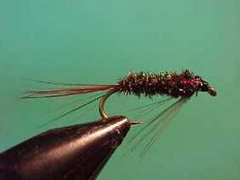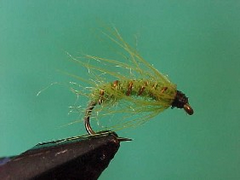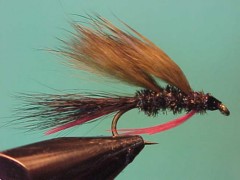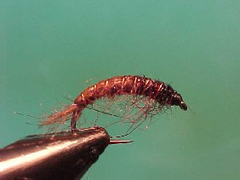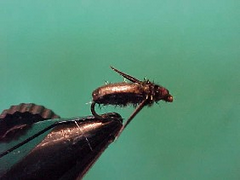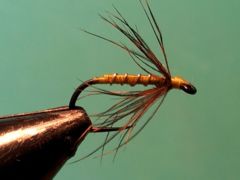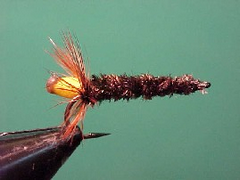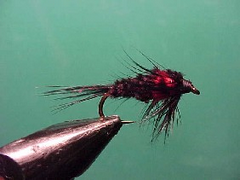Diawl bach
I normally fish smaller sizes as a midge pupa and from time to time use larger sizes as a point fly in a team of wet flies on a floating or intermediate line. I tie it both with and without weight and find the addition of a small black tungsten bead makes it a handy anchor fly or a good prospecting fly in running water.

